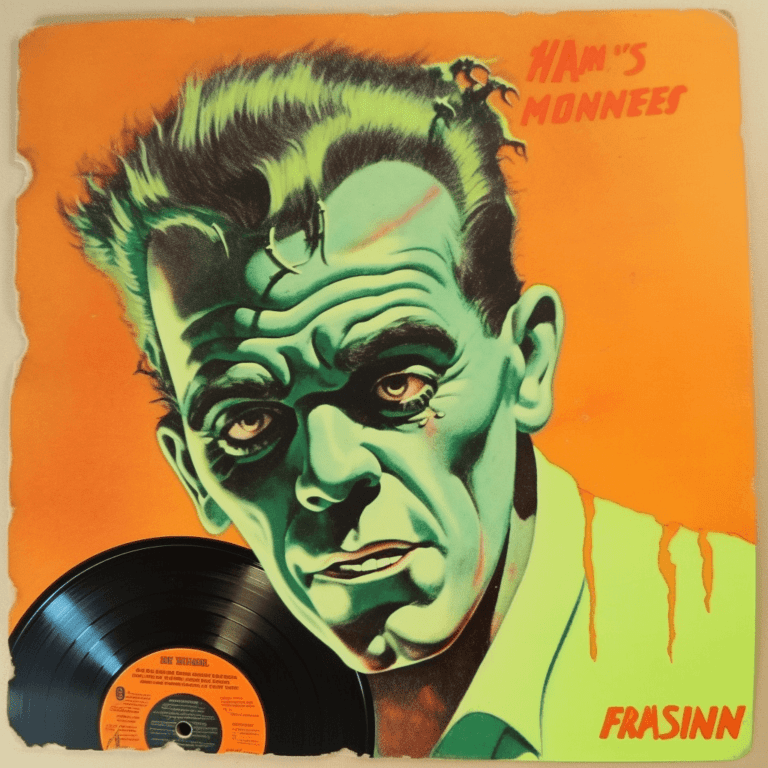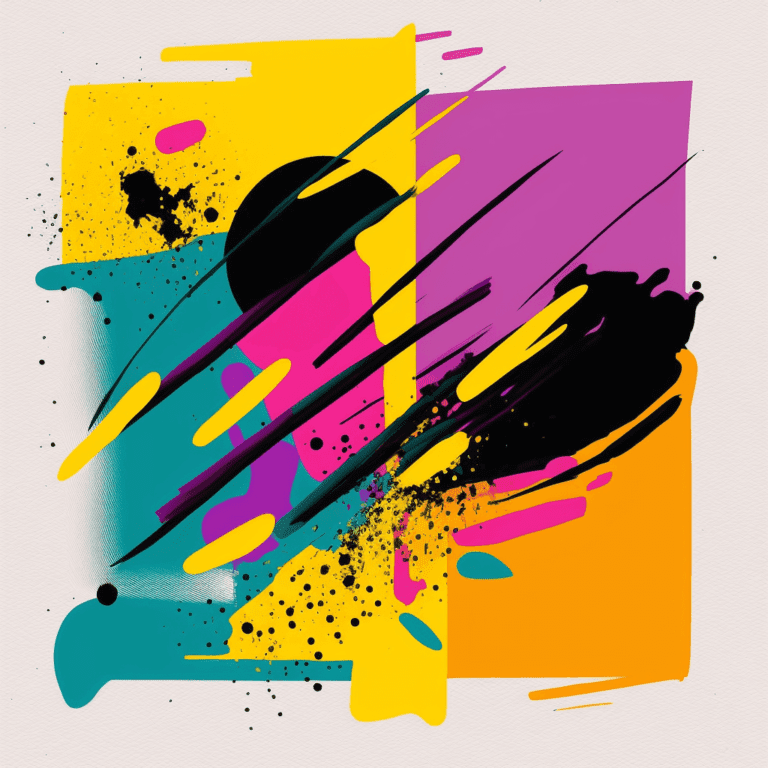Dynamic Range
Dynamic range is all about how much the sound can vary between the loudest and quietest parts. Dynamic range is measured in decibels (dB), and a larger dynamic range indicates a greater difference between the quietest and loudest parts of the recording.
If the dynamic range is low, the recording can sound flat and boring, but if it’s high, you get that lively and energetic vibe. And guess what? This knowledge comes in handy when mastering and mixing audio, so you can find that perfect balance between the loud and soft parts of the recording.
Dynamic range is super important for music because it brings out the feels and makes an impact. It creates anticipation and then unleashes powerful moments with loud parts after building up tension with quiet sections. It sets the mood – soft sounds feel intimate and vulnerable, while loud sounds are all about power, intensity and excitement.
But guess what? Dynamic range isn’t just for music. It’s also crucial for stuff like films and podcasts. In movies, it adds excitement by building suspense in quiet scenes and then hitting you with emotion in the loud ones. And in podcasts, it makes the speaker’s voice more engaging – the quiet parts draw you in, and the loud parts really drive the message home.
So, if you’re into audio production, understanding dynamic range is a must. Master it, and you’ll create recordings that really grab people’s attention, hit them in the feels, and leave a lasting impression. Whether you’re a musician, filmmaker, or podcaster, nailing that dynamic range will take your audio to a whole new level!

So what’s this site all about anyway?
Well, if you ever find yourself needing music for anything – a YouTube video, a podcast, a school project, a presentation, TV commercial or even a film – then browse, preview and download any of our tracks





